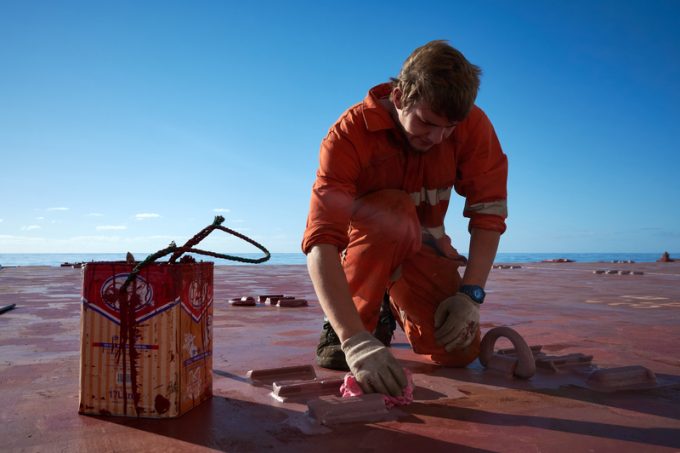'Usual' shortage of seasonal workers creating delays on Europe's waterways
Shortages of seasonal workers have prompted delays across Europe’s inland waterways, leaving many in the ...

The great and the good of the shipping industry recently congregated in Hamburg for the bi-annual SMM exhibition, and The Loadstar understands freight forwarders need not be concerned with how shipping is working, so long as it does.
But given its lamentable recent track record in that respect, we took the temperature at maritime’s biggest trade show.
The inaugural panel opened with recorded messages from the German federal government to say that shipyard Meyer Werft would be bailed out, lending an uncharacteristically ...
Asia-USEC shippers to lose 42% capacity in a surge of blanked sailings
USTR fees will lead to 'complete destabilisation' of container shipping alliances
New USTR port fees threaten shipping and global supply chains, says Cosco
Outlook for container shipping 'more uncertain now than at the onset of Covid'
Transpac container service closures mount
DHL Express suspends non-de minimis B2C parcels to US consumers
Zim ordered to pay Samsung $3.7m for 'wrongful' D&D charges
Flexport lawsuit an 'undifferentiated mass of gibberish', claims Freightmate

Comment on this article